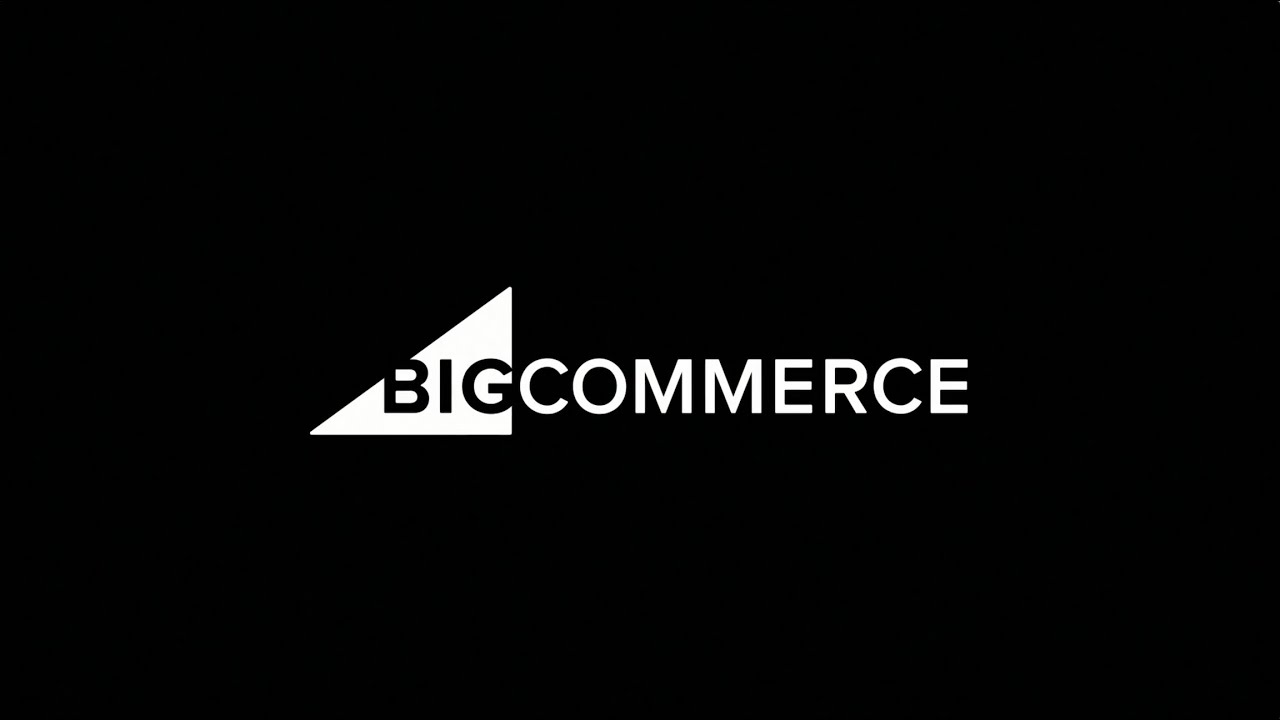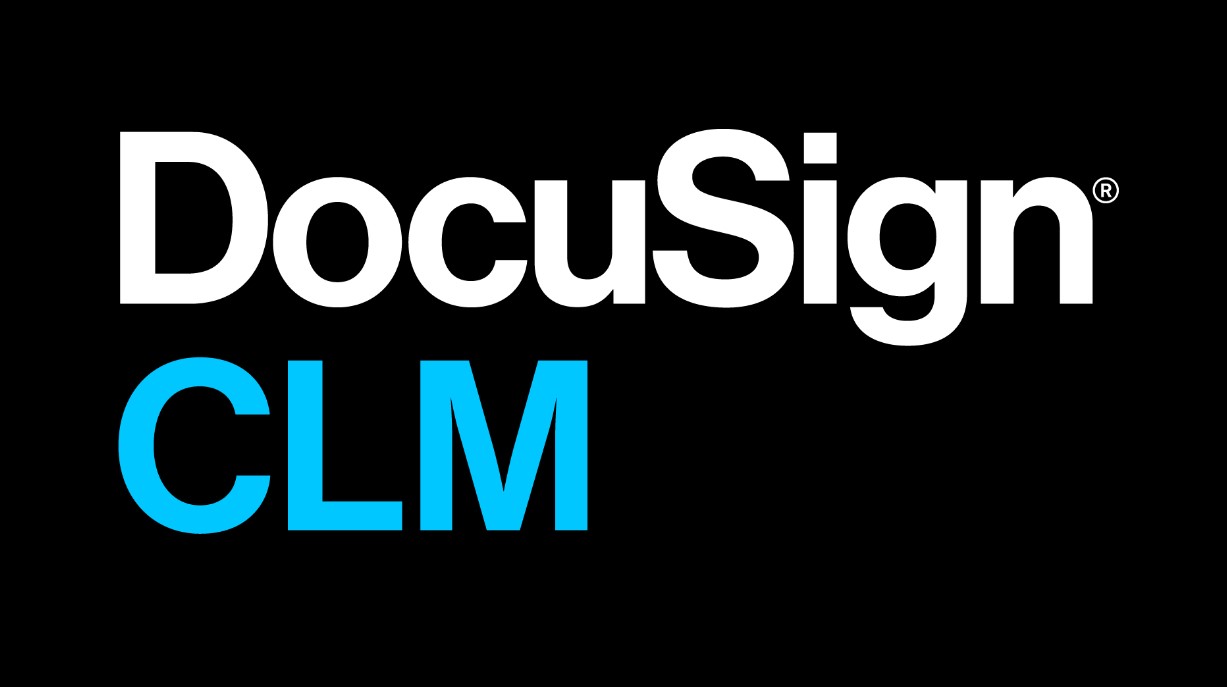Description
Introduction of Developing Extensions in Labware LIMS
This course covers the essentials of extending Labware LIMS (Laboratory Information Management System) using APIs and scripting. It focuses on integrating third-party systems, automating workflows, and customizing the LIMS interface to meet specific business needs. You will learn how to enhance the functionality of Labware LIMS by leveraging APIs and scripting tools for seamless data exchange and process automation.
Prerequisites
- Basic Knowledge of Labware LIMS: Familiarity with the core features and functionalities of Labware LIMS.
- Programming Fundamentals: Experience with programming concepts and scripting languages.
- Understanding of Lab Workflow: Basic understanding of laboratory operations and data management.
Table of Contents
1. Introduction to Labware LIMS Extensions
1.1. Overview of Labware LIMS Customization Options
1.2. Understanding the Need for Extensions in LIMS
1.3. Types of Extensions: APIs, Scripting, and Integration
1.4. Benefits of Extending Labware LIMS
2. Labware LIMS APIs: Fundamentals and Capabilities
2.1. Introduction to Labware LIMS API Framework
2.2. Types of APIs: REST, SOAP, and Web Services
2.3. Authentication and Security in API Calls
2.4. API Documentation and Resources
2.5. Example Use Cases for APIs in LIMS
3. Setting Up the Labware LIMS Development Environment
3.1. Installing and Configuring Development Tools
3.2. Understanding the LIMS Database Schema
3.3. Connecting to Labware LIMS Using APIs
3.4. Setting Up Sample Data for Development and Testing
4. Developing API Integrations with Labware LIMS
4.1. Connecting External Systems to Labware LIMS Using APIs
4.2. Real-Time Data Sync Between LIMS and External Systems
4.3. Handling API Requests and Responses Efficiently
4.4. Troubleshooting API Integration Issues
4.5. Best Practices for API Integration
5. Scripting in Labware LIMS: Automating Workflows
5.1. Introduction to Scripting in Labware LIMS
5.2. Supported Scripting Languages and Tools(Ref: Labware LIMS for Quality Assurance and Compliance)
5.3. Writing Scripts for Custom Workflow Automation
5.4. Automating Data Entry and Processing Tasks
5.5. Scheduling and Running Scripts for Periodic Tasks
6. Customizing Labware LIMS User Interface with Extensions
6.1. Enhancing User Interfaces Through Custom Widgets
6.2. Adding Custom Menus and Buttons in LIMS
6.3. Building Custom Forms and Reports with APIs
6.4. Designing Tailored Dashboards for Different User Roles
6.5. Example of UI Customizations
7. Handling Data Exchange Between Labware LIMS and External Systems
7.1. Data Formats for Importing and Exporting Data (CSV, XML, JSON)
7.2. Automating Data Transfers Using APIs and Scripts
7.3. Scheduling Data Imports and Exports for Routine Tasks
7.4. Error Handling in Data Exchange Processes
7.5. Best Practices for Data Integrity and Validation
8. Debugging and Troubleshooting API and Script Extensions
8.1. Debugging API Calls and Script Execution
8.2. Common Errors in LIMS API Integrations and Their Solutions
8.3. Optimizing Script Performance in LIMS
8.4. Logging and Monitoring API and Script Activities
8.5. Error Handling Best Practices
9. Security Considerations for Extending Labware LIMS
9.1. Secure API Integration Practices
9.2. Managing API Keys and Authentication Credentials
9.3. Implementing Role-Based Access Control (RBAC) for Scripts
9.4. Securing Sensitive Data during API Communication
9.5. Ensuring Compliance with Security Standards
10. Case Studies and Real-World Applications
10.1. Integrating Labware LIMS with Laboratory Instruments and Equipment
10.2. Automating Test Result Reporting and Approval Processes
10.3. Customizing Labware LIMS for Regulatory Compliance
10.4. Streamlining Data Analysis and Reporting with API Extensions
10.5. Successful Examples of LIMS Extensions in Different Industries
11. Conclusion
11.1. Recap of Labware LIMS Extension Capabilities
11.2. The Future of API and Scripting in LIMS Customization
11.3. How to Scale and Maintain LIMS Extensions
11.4. Final Thoughts on Extending Labware LIMS for Enhanced Functionality
Conclusion
Developing extensions for Labware LIMS using APIs and scripting enables laboratories to tailor the system to their specific needs, automate workflows, and integrate with other enterprise systems. By mastering these extension techniques, users can enhance the functionality of LIMS, improve operational efficiency, and ensure seamless data exchange. This course provides the foundational knowledge and practical skills required to develop powerful, custom extensions within the Labware LIMS environment, helping laboratories stay ahead in today’s rapidly evolving technological landscape.







Reviews
There are no reviews yet.